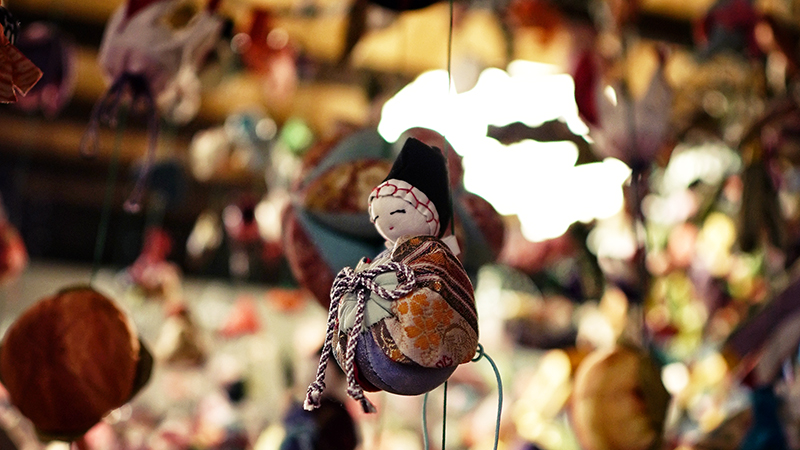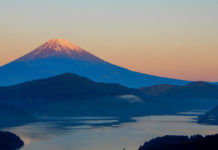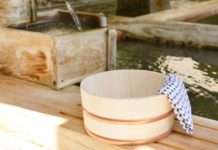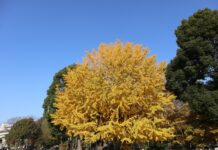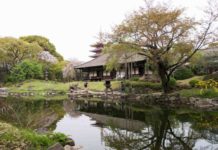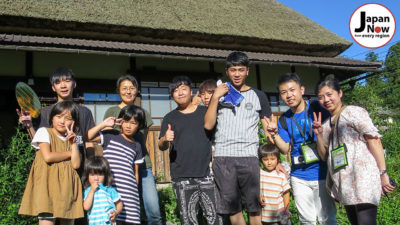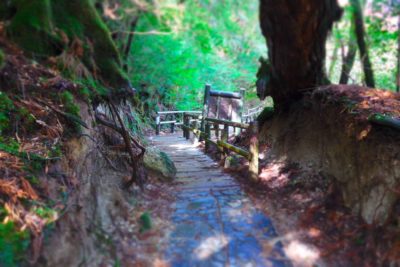While the image of Japan has recently become synonymous with either the bustling Shibuya scramble, or the ancient temples of Kyoto, it is still nice find and unexpected surprise. That is exactly what a recent trip to explore the scenic coastal region of Higashi-Izu delivered. Along the peninsula of Shizuoka prefecture lies a slice of Japan that almost feels like it has been frozen in time. It calls back to a time without robot restaurants, maid cafes and smartphones. In fact, the area treasures traditions, perhaps slowly being forgotten by modern Japan. This elusive and, at times, romantic atmosphere offers a side of Japan that many still long to find and experience.
Stepping off the train and onto the station platform at Atagawa-Izu, an old wooden drilling tower pouring steam welcomed us. Actually, these old drilling towers were once a common means for drilling deep underground to pump out hot water for the onsens. However, now they act as a beautiful reminder of the traditional craft of creating a Japanese hot spring.
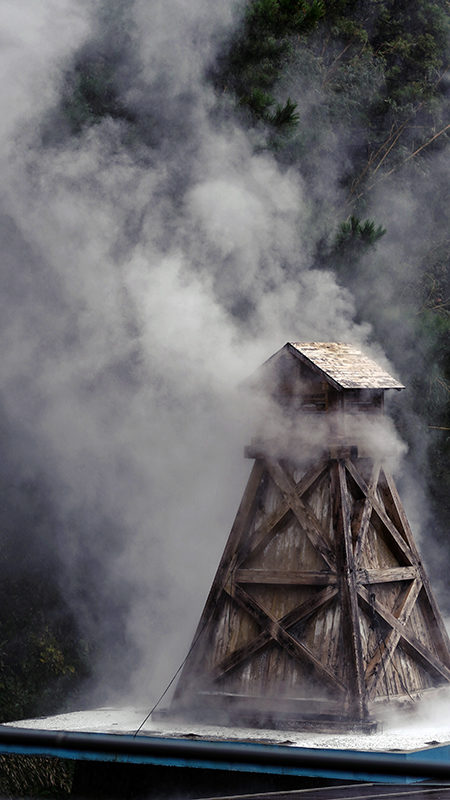
Leaving the station, the local tourist information center, with its own drilling station, welcomed us. In addition, it hosted a free foot spa and what I would describe as an outdoor onsen hotpot. It is here that we were first introduced to the local cuisine with an onsen tamago, a traditional Japanese slow-cooked egg. Low temperature of the hot spring waters gently heats it. Typically, the process takes 30 to 40 minutes at a temperature of approximately 70 °c. However, the hot spring waters of Atagawa-Izu are hotter than usual. As a result, it only took 15 minutes.
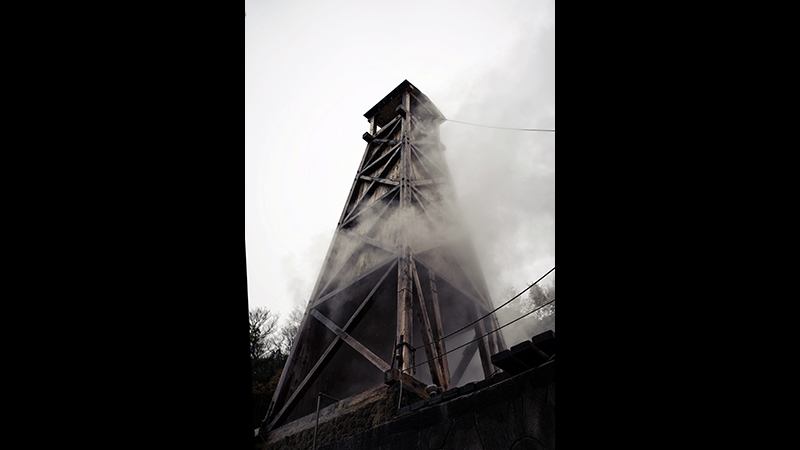
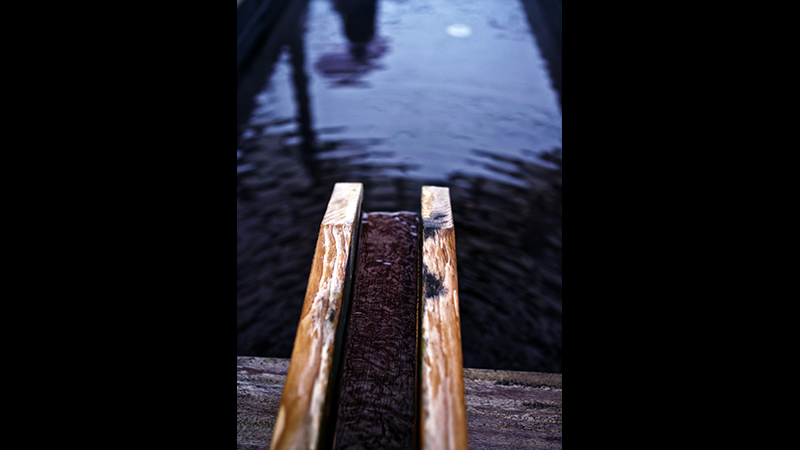
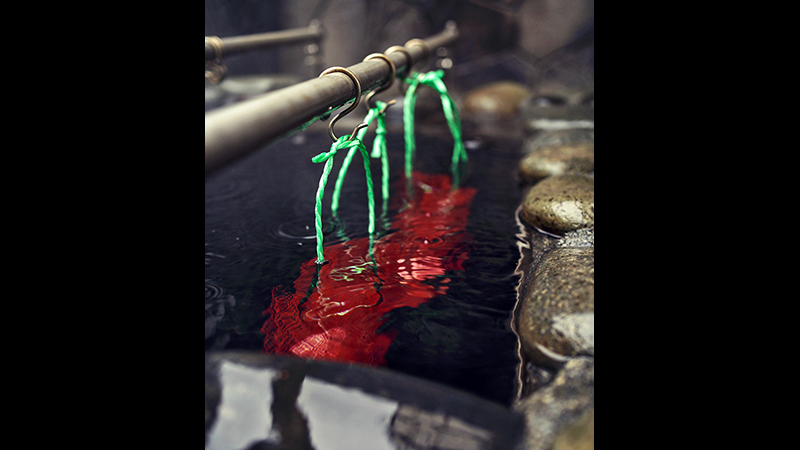
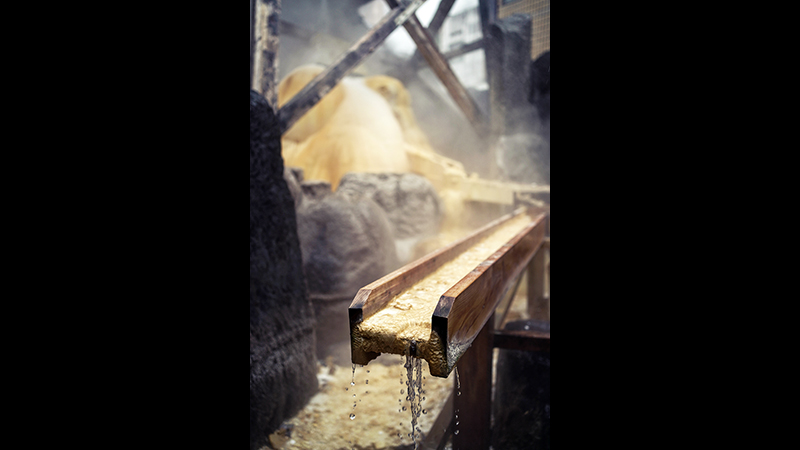
After a busy morning of tatami building and sightseeing, we were ready for lunch. We arrived at Yama Momo Chaya and were immediately transported back in time, entering through Shooji sliding doors to a room lined with the same tatami that we had just spent hours learning about and making, this was a teahouse steeped in tradition.
For lunch, we enjoyed a warming pot of nabe with local produce. Wild boar and deer, mixed with mushrooms, noodles and vegetables filled our plates. The sight of the hotpot stewing was enough to have us all hungrily anticipating the flavours to come. Before eating we all raised a glass of homemade umeshu (Japanese plum wine). Then, together we exclaimed “kanpai” (cheers), in celebration of the meal and the experiences to come.
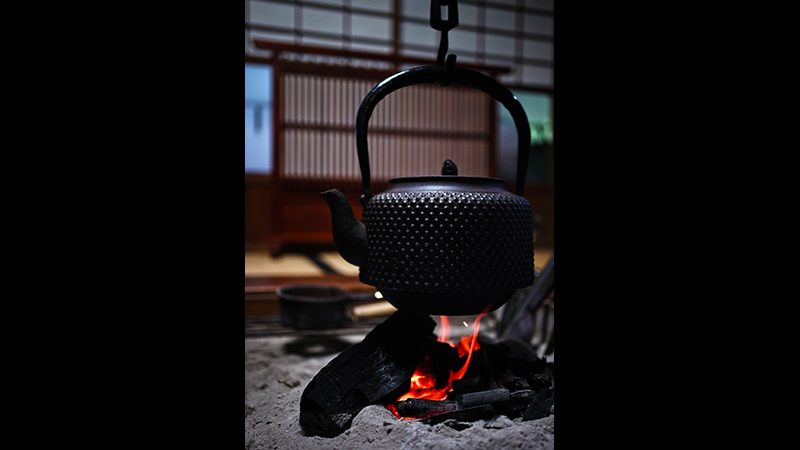
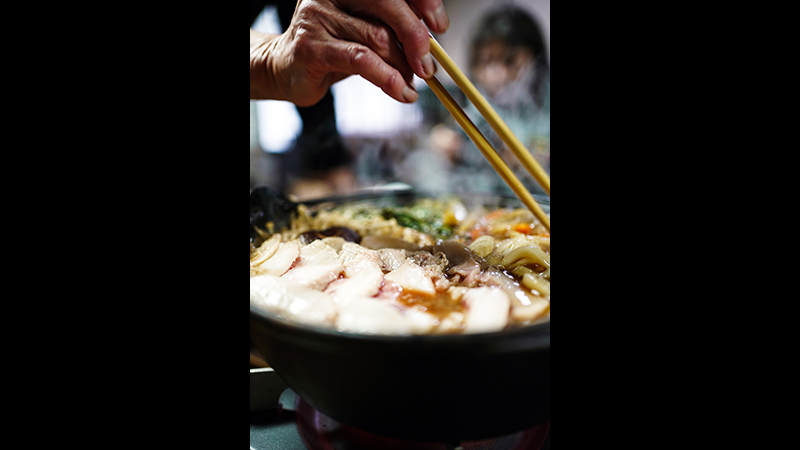
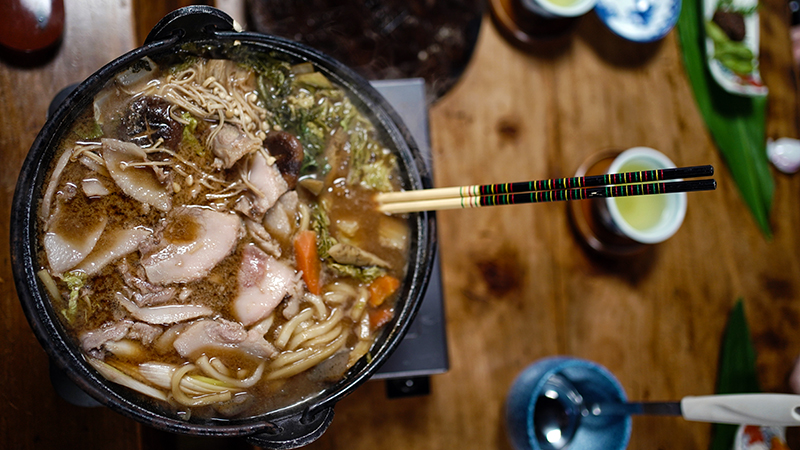
After an amazing lunch, our second stop on this journey into traditional Japan required a stop off at the Tokiwa tatami shop. Tatami is a traditional mat that has been used as a flooring material in Japanese rooms dating back to the 8th century. The shop owner, who is affectionately known as “the Professor” by locals took the time to explain the rich history of tatami and how it progressed through the centuries.
After our brief lesson, it was finally time to experience making our very own small tatami mat. I love the opportunity to make something with my hands and to take it home, so this is the ultimate souvenir. Of course, this moment was what I had been most excited for.
Traditional covers made with Isuga straw were available. What begins as a light green colour, slowly over time morphs into the recognizable yellow mats on the floors of traditional ryokans. We then selected our colourful fabrics, heri, to decorate the edges of our tatami and carefully attached them. Ever so sure to align them correctly, you can appreciate and understand the time and craft that has gone into this art form over the centuries. What at first glance may appear as a simple floor mat takes careful and deliberate focus to successfully craft. And while we were shown that machines can now create the tatami much faster, it was nice to experience a craft that for centuries was solely crafted by hand.
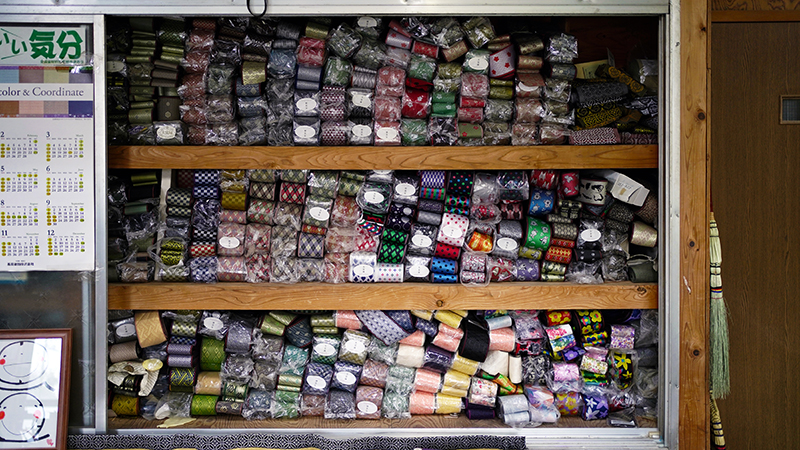
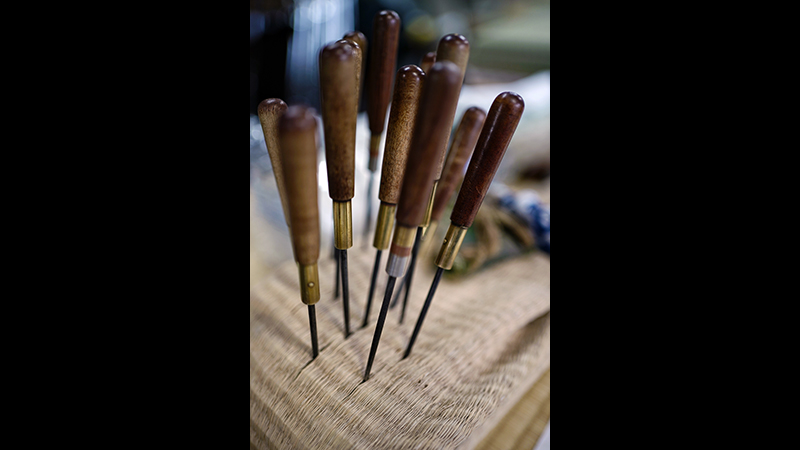
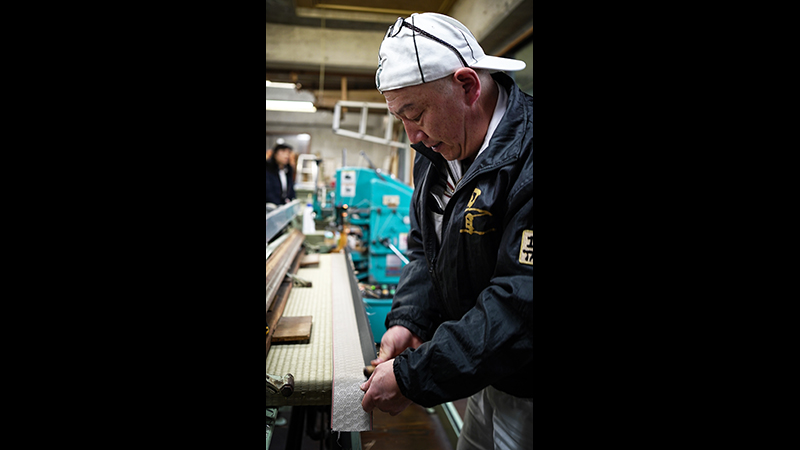
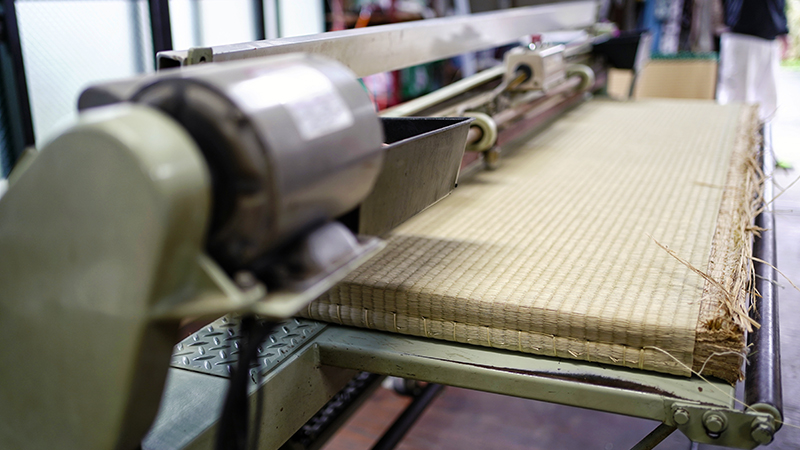
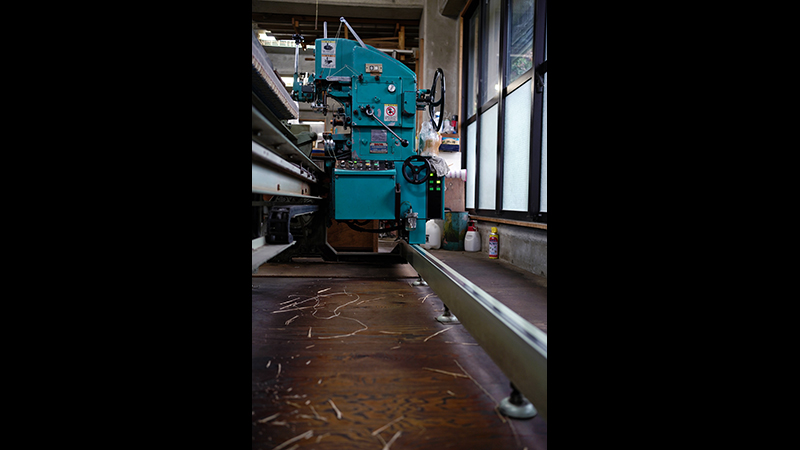
After a few hours spent indoors, it was time to break away and explore the sights. After a short drive we arrived at the Hosono Kogen (Highlands). Upon arriving the vast mountainous highland immediately struck us with awe. Covered with beautifully golden Japanese pampas grass, and the sight of paragliders skillfully navigating the mountain air, it was truly a sight to see. Once we reached the summit, we witnessed the panoramic views of Hosono Kogen covering mountain ranges, pampas grass and finishing with a view of Sagami Bay.

More evidence of the area’s love of history and tradition is the hina dolls. This tradition dates back as far as the 8th century. In fact, the Edo period became synonymous with the celebration of Girls Day / Doll’s Day, or Hinamatsuri, on March 3rd. Hinamatsuri, ranges from paying tribute to the emperor and empress, celebrating the first year of life for a baby girl, and to bringing good fortune to a girl in finding a future husband. The museum houses a vast collection of hina dolls. The exhibition includes figures of people, flowers, animals, fish and food.
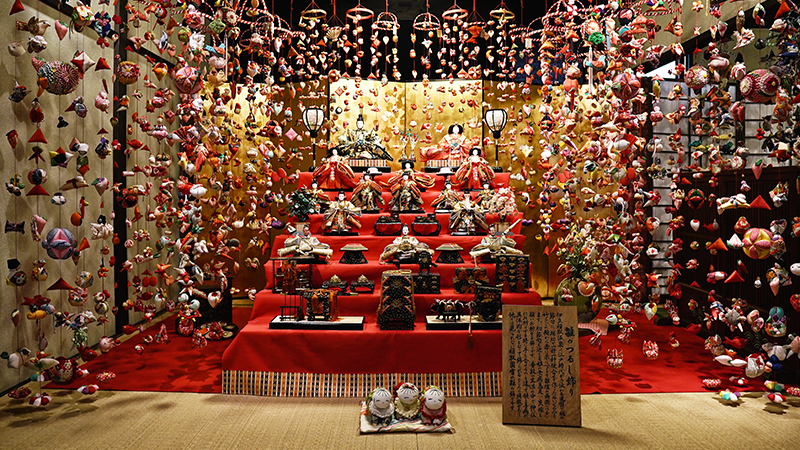
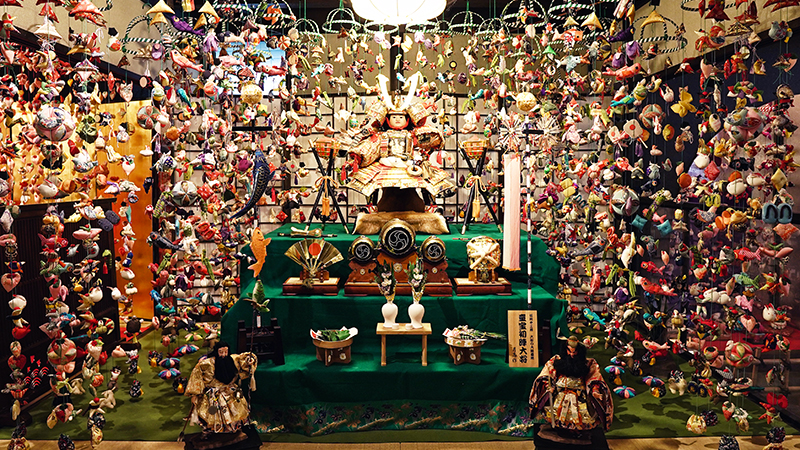
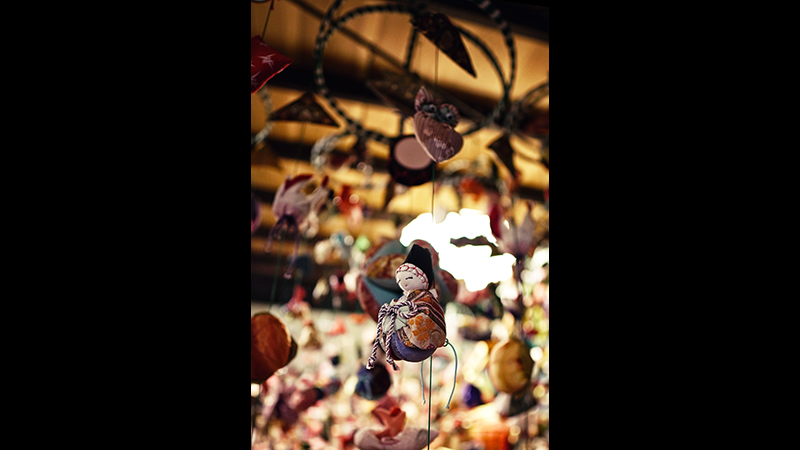
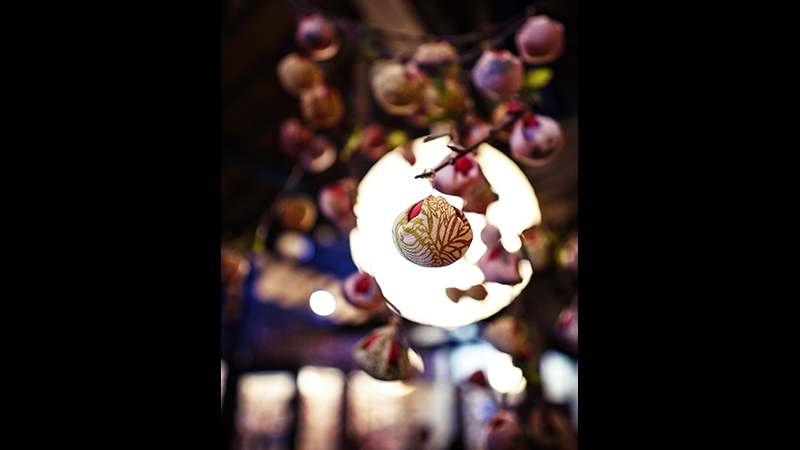
Our final morning brought us on a trip to the local Inatori farmers market. Here we enjoyed the aromas of freshly cooked fish over open flames, as well as a complimentary bowl of miso soup, that every visitor receives. In fact, local produce lines the shelves of the Inatori market. Also, early morning shoppers eagerly grab products made from the region’s speciality, new summer orange. Truly, the local jams, dressings, cakes and desserts are all definitely worth the early wake-up time.
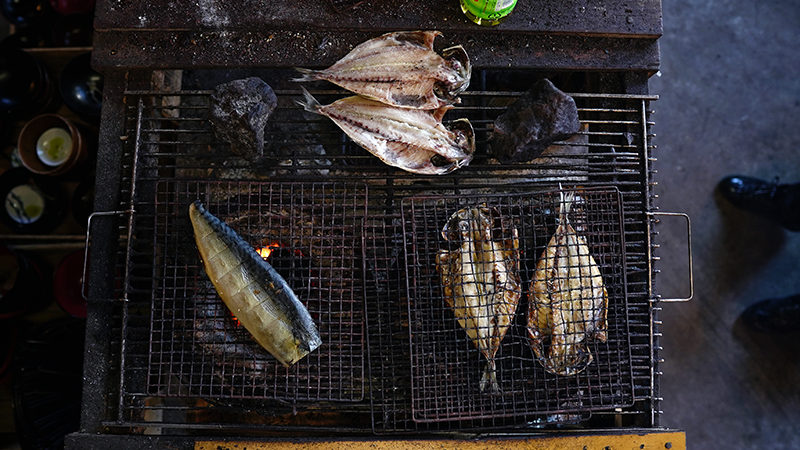
Ninja Reporter : Luke
 0
0

